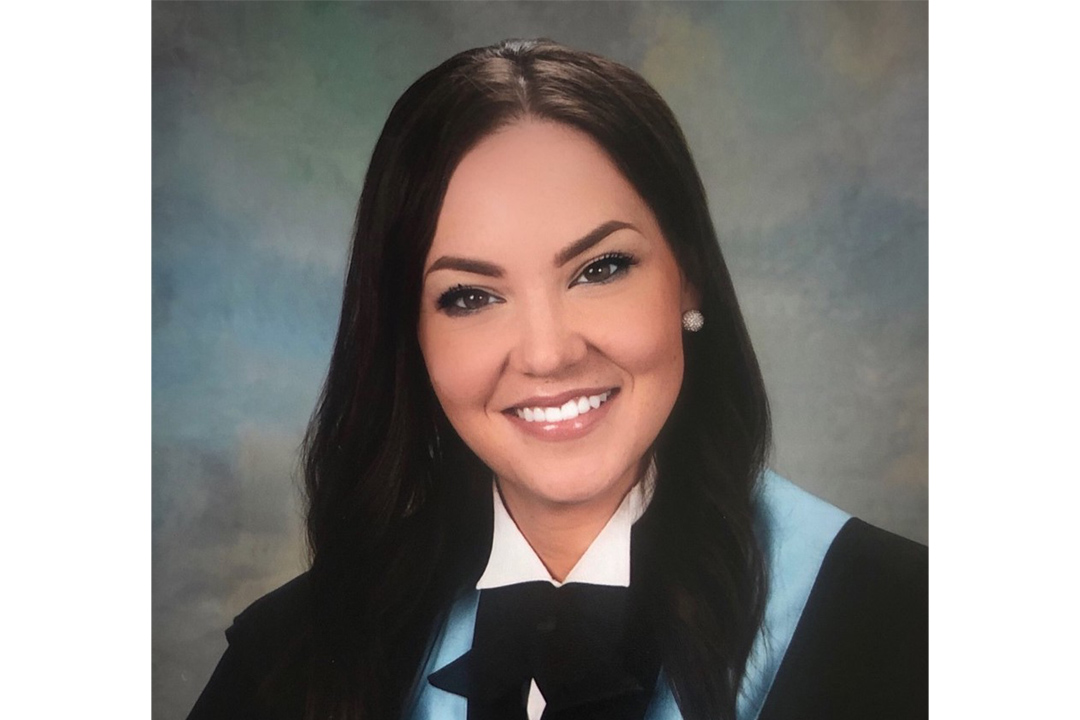
USask geography graduate develops model to estimate transit ridership changes
Sarah Bree enrolled in her first geography class at the University of Saskatchewan (USask) because a friend was taking it.
By SHANNON BOKLASCHUKShe was instantly hooked.
“I quickly realized that I was meant to be a geographer,” said Bree. “I loved that the concepts we were learning in class explained much of the way people interact with the environment and move about space. Since then, I have come to realize how spatial concepts are so important in all other disciplines. For example, geography is integrated with health research, environmental research and computer science, to name a few.”
This spring, Bree graduated from USask’s College of Arts and Science with a Master of Science degree in geography. Her master’s thesis was a key component of work done by the INTErventions, Research and Action in Cities Team (INTERACT), a multi-million-dollar project funded by the Canadian Institutes of Health Research (CIHR) that assesses the impact of urban change on health and equity. Several USask faculty members are INTERACT co-investigators and collaborators, working with researchers from across Canada.
“In partnership with cities and citizens, the team harnesses big data to deliver timely public health intelligence on the influence of real-world urban form interventions on health, wellbeing and social inequalities to advance the design of smart, sustainable and healthier cities for all,” said Bree. “Real-time data is collected from an app downloaded onto the smartphones of ‘citizen scientists.’ Sensor data, like accelerometers data and GPS data, is then used to capture physical activity and spatial location.”
During her time with INTERACT, Bree was actively involved in data analysis. As the team’s geographic information system (GIS) specialist, she worked with highly personal participant information to produce visual data maps in support of the team’s study of the Saskatoon transit system.
“The model developed as part of my thesis work will be used to estimate changes in transit ridership in Saskatoon using the bus rapid transit system configuration,” she said.
Bree said she hopes to provide city officials and transit planners with a methodology that can be consistently used over time to measure and compare changes in public transit accessibility and overall ridership as transit routes are reconfigured.
Bree has always been interested in design and the role it plays in our lives. She enrolled in the GEOG 222 - Introduction to Geomatics course early on in her academic career, which offered an introduction to the skills needed for reading maps, air photos and satellite images, along with an introduction to computer-based cartography.
“I became fascinated with how geographic information systems could be used to visually communicate data, which would ordinarily be in a spreadsheet format,” she said. “Creating maps is like learning a second language, only in a visual form. You can tell a story or explain a phenomenon without having to say anything, which to me is just so cool.”
Bree said she received support to pursue her master’s degree through funding from the INTERACT project, the College of Arts and Science’s Department of Geography and Planning, the Social Sciences and Humanities Research Council (SSHRC) and CIHR. She was also recently awarded an Esri Canada scholarship as the spatial analysis and mapping competition award winner.
“I would just like to say thank you to all the people who supported me along this journey: my family, the INTERACT team and everyone in the geography department,” she said. “I owe much of my success to these people and I am so grateful for their encouragement, support and friendship.”
Bree’s newly minted master’s degree marks her second degree in geography, having previously earned her Bachelor of Arts degree from USask in 2017. She is now entering her second year at USask’s College of Law, and she hopes to be able to combine her background in geographic data analysis with the law.
Outside of the classroom, Bree is a member of Saskatoon Clayworks and can be found spending her spare time in the studio, working on the pottery wheel. She also volunteers at the Festival of Trees and enjoys running, walking or biking on Saskatoon’s riverbank trails and spending time at Nutrien Wonderhub with her four-year-old daughter.
Bree, who has lived in Saskatoon for most of her life, is pleased that her academic research at USask will make a difference in the city in which she lives.
“Saskatoon is home, so I really liked that the work I did will have an impact on the future developments of the city and people who live here,” she said. “I liked working with other professionals across different fields with the same end goals—which is a happier, healthier city for all.”

